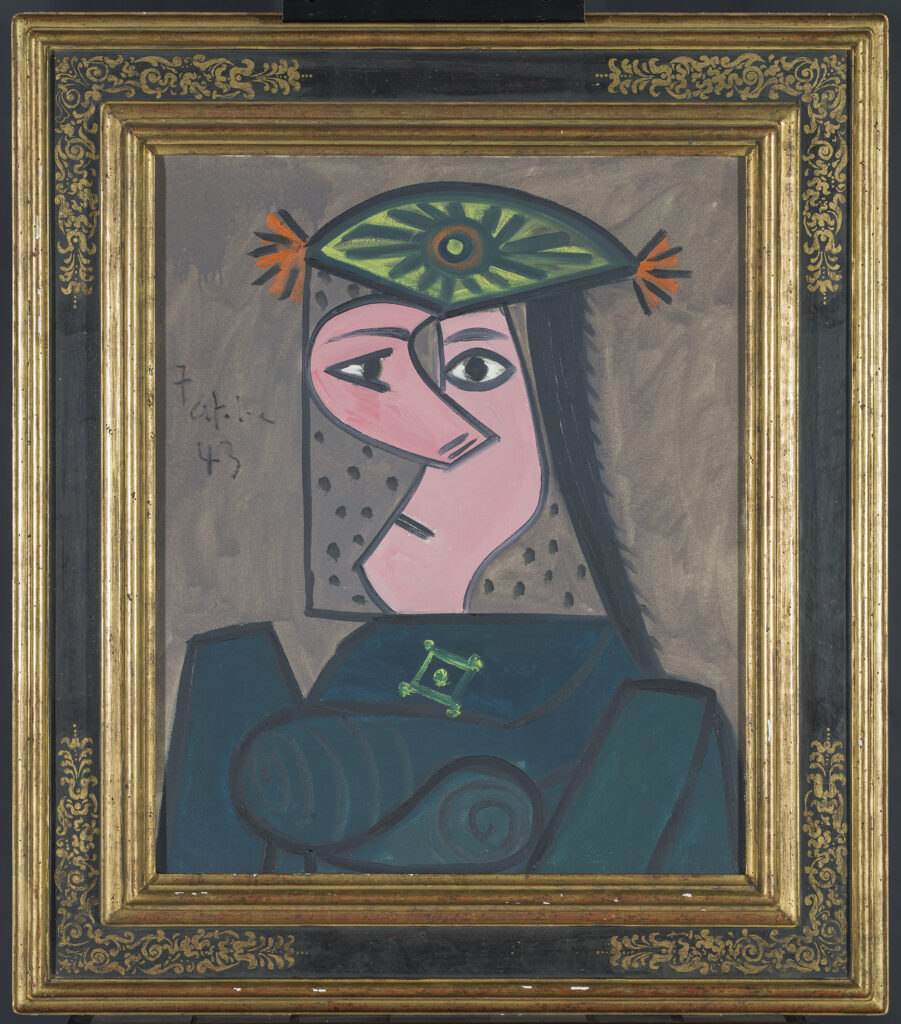The Prado Museum, or officially known as the Museo Nacional del Prado, is notably considered to be one of the greatest art museums in the world and continues to maintain its status as one of the worlds most visited sites. Located in Central Madrid, it hosts one of the world’s finest collections of European art, dating back from the 12th century to the early 20th, which were based on the former Spanish Royal Collection when it was originally founded in 1819, as well as the most concentrated and dedicated collection of Spanish art. The works of Francisco Goya, El Greco, Peter Paul Rubens, and Diego Velázquez are a few of the highlighted artists housed here, with Goya’s works being the most extensively represented. Velázquez’s works were also known and responsible for bringing many of the museum’s collection of Italian masters to Spain.
The Prado is part of the Golden Triangle of Art, with the Thyssen-Bornemisza Museum, their collection focusing on the historical through contemporary art, and the Museo Reina Sofía (Museo Nacional Centro de Arte Reina Sofía), which houses 20th century modern art. The collection currently has 8,200 drawings, 7,600 paintings, 4,800 prints, and 1,000 sculptures, this not including many other works of art and historical documents.
Most excitingly, the Prado is welcoming the return of Pablo Picasso within their walls, exhibiting Buste de Femme (Bust of a Woman) c.1943. The last time Picasso had adorned their walls was in 2015 from the exhibition Ten Picassos from the Kunstmuseum Basel, and prior to that in 2011-2012. Picasso’s Bust of a Woman has been generously loaned to the Prado Museum for 5 years by the Aramont Art Collection to the American Friends of the Prado Museum and is currently on display in a gallery devoted to the works of El Greco, along with Velázquez’s The Buffoon Calabacillas c.1639. Keeping in mind that both artists heavily influenced the works of Picasso, it is clear that the museum wanted to create a dialog between these three artists together to help define not only Velazquez and Goya’s works, but to define a subtle timeline of the ways Picasso was influenced.

Buste de Femme 43 (Bust of a Woman), as detailed by the Prado, is an exemplary example of Picasso’s response to the violence of World War II. During this period, he would distort many features of his female images in a radical manner and Bust of a Woman is not exempt from these facial disfigurements. Painted in a single day on October 7th, 1943, he applied rapid, confident brushstrokes to bring to life the bust of this woman; in cubist fashion, half of her face is in profile, one eye tepidly looking to the side, the worry and tension uniquely described. Wide-eyed, she stares directly forward with her other eye, seeming apprehensive, the tension palpable. The brushstrokes in the background are messy and confused, allowing us to empathize with the emotions simmering beneath the surface. In contrast, Picasso has painted her in shades of blues and greens for her clothes, bright orange ornaments hanging from the sides that catch the eye immediately, along with the orange circular ornament in the middle of her hat. The resonance of the background tones and the resolute presence of her feminine features divulge her deep understanding and knowledge of the Spanish and their pictorial traditions.
Javier Solana, Chairman of the Board, stated “American Friends’ actions are certainly great news for Spain and all those who visit our country attracted by our artistic and cultural heritage. A painting from one of our greatest artistic geniuses which up to now had been in a United States’ private collection will be displayed in public for all of those who love Picasso’s work, our museums and culture. The Arango Montull Family’s and American Friends’ generosity is helping enrich Spanish cultural heritage.”
The news has created a stir as it opens a new panorama of Spanish art for the museum. Prior to today, Picasso’s date of birth, 1881, had acted as a cut off between the Prado and Reina Sofía Museum because in 1955 a royal decree stated that artworks of artists born before 1881 go to Prado while those who came after ’81 would go to the Reina Sofía.

